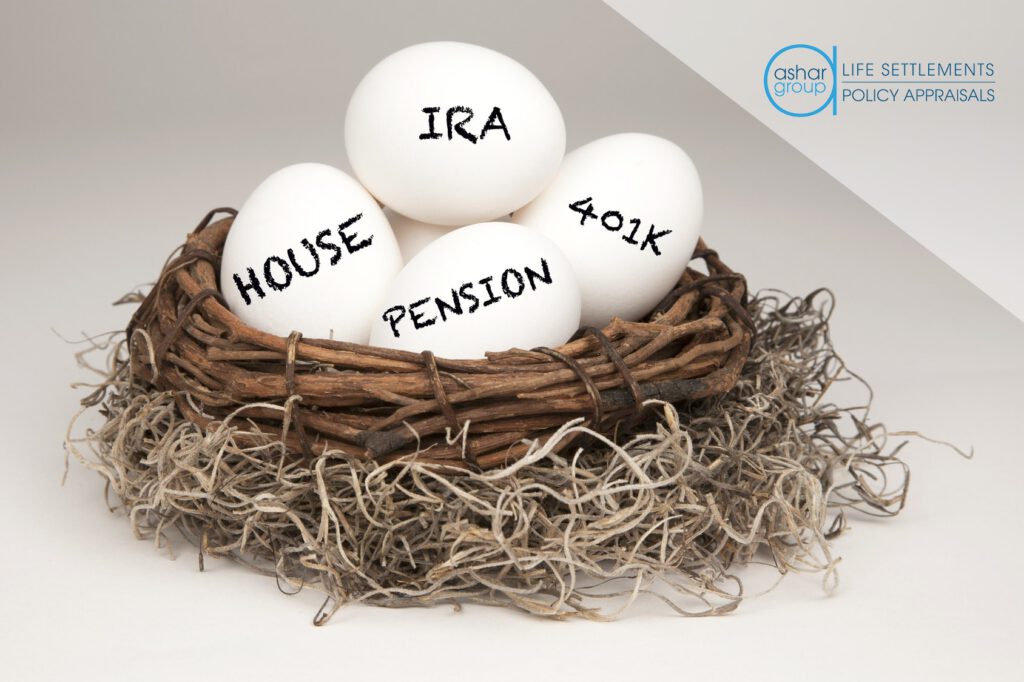
For retirees who aren’t able to - or don’t want to - re-enter the workforce by taking a part-time job or starting a business, their retirement savings are nearly all they have to rely on.
Protecting these savings, therefore, is of paramount importance.
But all too often, retirees find themselves dipping into these savings when they come up against major expenses. Those expenses could range from a sudden illness, to a serious home repair, or the need to move into long-term care.
One option for helping seniors to protect their vital retirement savings is a life settlement. By liquidating an otherwise inaccessible asset - an unneeded life insurance policy - life settlements can provide a much-needed influx of cash to seniors and their families.
Supplementing Social Security and Medicare with a life settlement
The benefits that seniors receive - Social Security and Medicare - can certainly help alleviate some of the financial burdens that they may be dealing with, but they’re rarely enough to eliminate them completely.
Social Security income is generally less than an individual needs to keep up their standard of living. If long-term care is needed, Medicare will only cover up to 100 days of care in a skilled nursing facility. The rest, unfortunately, is up to the patient and their family.
A life settlement, therefore, can be of great help.
In a life settlement, your client, working with you and a life settlement broker, like Ashar, sells his or her life insurance policy for more than the cash surrender value to a licensed, institutional buyer.
The buyer then assumes the premium payments for the life of the policy and receives the death benefit once the insured passes away.
Your client receives a lump sum of cash for the policy that they can use however they see fit. Sometimes, people will place these funds into an account that makes payments directly to a long-term care facility, or they use it to pad their retirement accounts.
What to do with an expensive, unnecessary policy?
As interest rates have stayed low for several years, investment income has been negatively impacted. This has resulted in some insurance carriers raising rates, especially on universal life insurance policies.
These higher rates often mean that the policy is no longer affordable.
If your client is having trouble affording their premiums, whether they’ve been raised or not, a life settlement may be a good choice.
Another consideration is whether or not your client still needs his or her policy. If they’ve gotten divorced, or their children are grown and self-sufficient, it may be that the policy could be put to better use by being liquidated in a life settlement. In addition to the cash received from the settlement, the premium payments can be reallocated to other areas of the financial plan.
Anytime a senior client is considering letting a policy go – whether through lapse or surrender – or reducing the death benefit, their advisor should look into whether a life settlement is an option. If there has been a change in health since the issue of the policy, it’s possible the policy could be worth much more than the cash surrender value.
When used correctly, life settlements can be an excellent tool for protecting your client’s retirement savings. Read more in our post “When Does a Life Settlement Make Sense for Your Client?”
